Reportar esta entrada
Más sobre la misma comunidad-colección
El Paso Community College District Established
The El Paso County Community College District was established ...
EPCC Rio Grande Campus Completed
The dedication and ribbon-cutting of the Rio Grande campus took ...
EPCC Valle Verde Campus Completed
The Valle Verde campus was completed at a cost of $15.5 million ...
EPCC Transmountain Campus Completed
EPCC’s third campus, Transmountain, began offering classes in ...
EPCC New College Logo and Official Seal
EPCC's original logo of a river flowing through the mountains ...
EPCC Advanced Industrial Technology Training Center Established
The Advanced Industrial Technology Training Center was ...
EPCC Redesigned Version of the Original Logo
Chris Oatley blended regional history and educational metaphor ...
EPCC Rio Grande Learning Resource Center Completed circa 1996
The Learning Resource Center Addition at Rio Grande was ...
EPCC Mission del Paso Campus Completed
The Mission del Paso campus opened, creating five conveniently ...
EPCC Campus Childcare Centers Opened
Campus childcare centers opened at the Transmountain and Valle ...
EPCC Professional Truck Driving Facility Opened
The Professional Truck Driving Facility opened at the Mission ...
EPCC Law Enforcement Training Academy and Facility Opened
$2.7 million Law Enforcement Training Academy and Facility ...
EPCC Law Enforcement Training Academy and Facility Opened
$2.7 million Law Enforcement Training Academy and Facility ...
Centro de Servicios Administrativos del EPCC
The old Tonka Toy property was purchased and renovated for a new ...
EPCC Rio Grande Health and Sciences Laboratory Building Opened
Paid for by revenue bonds at no cost to the taxpayer, the Health ...
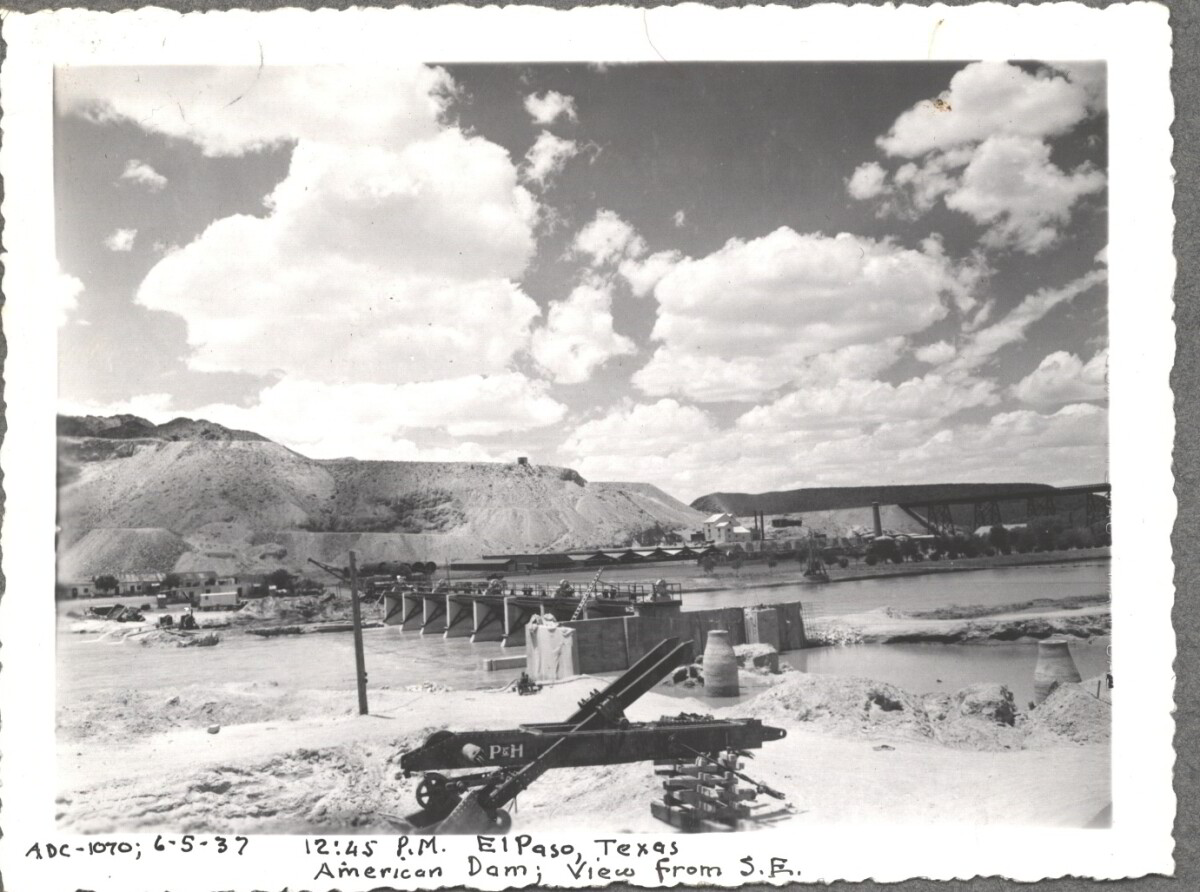
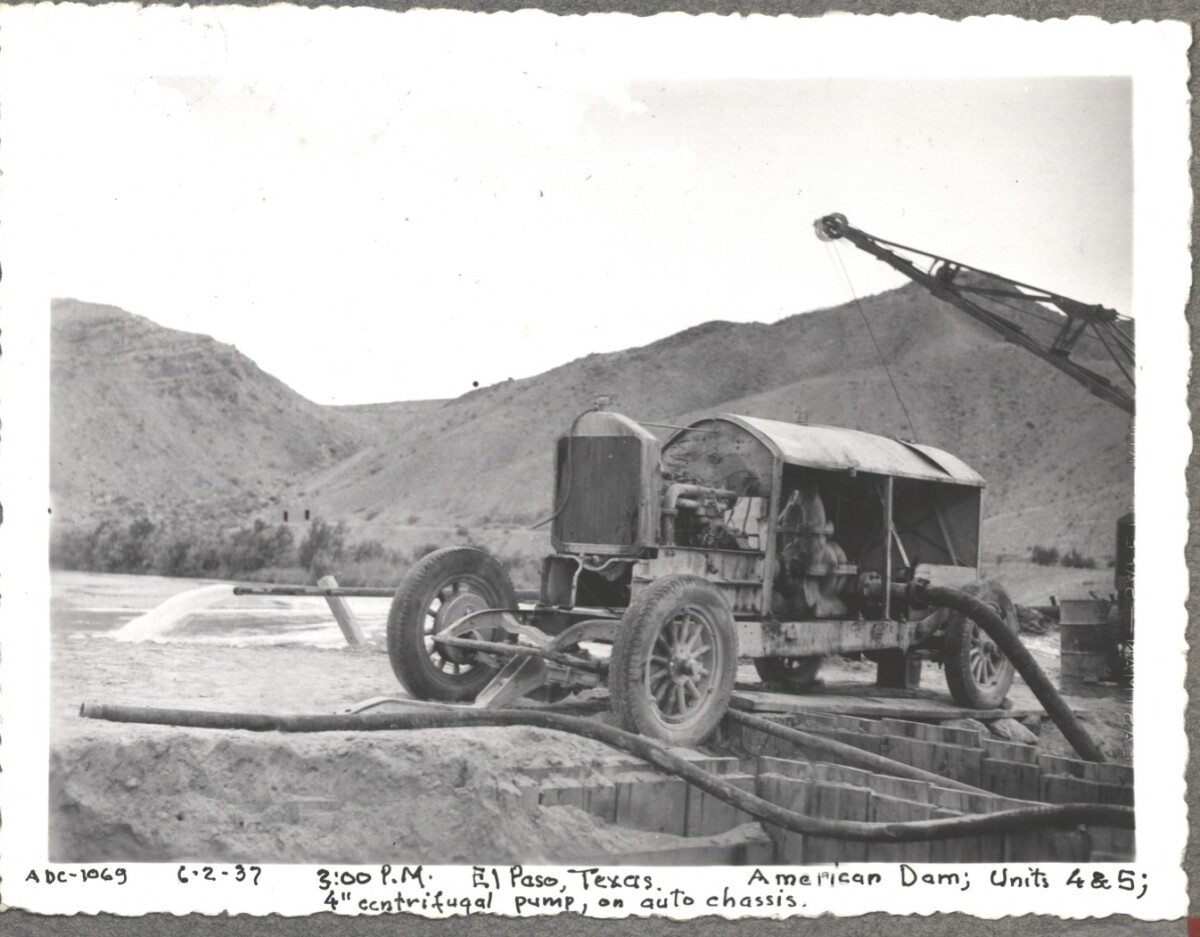

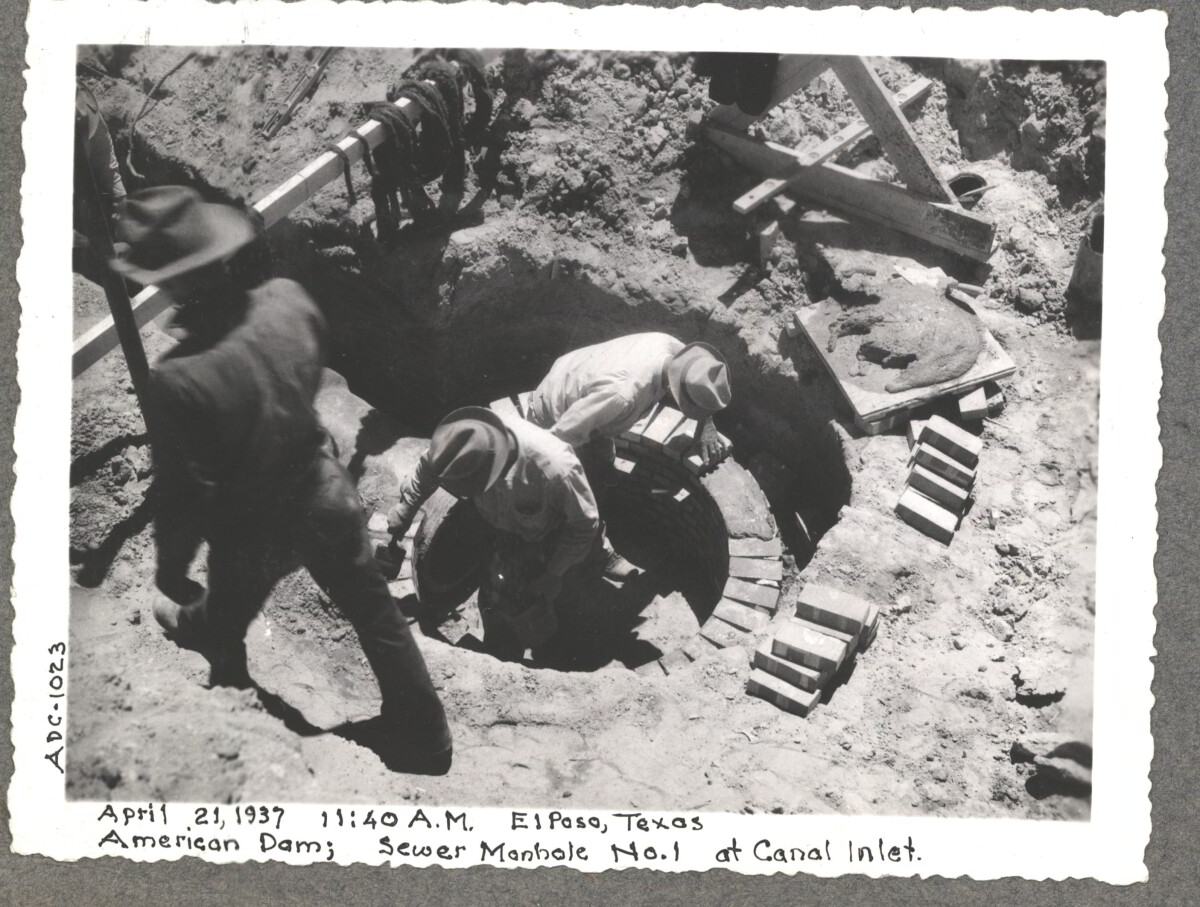
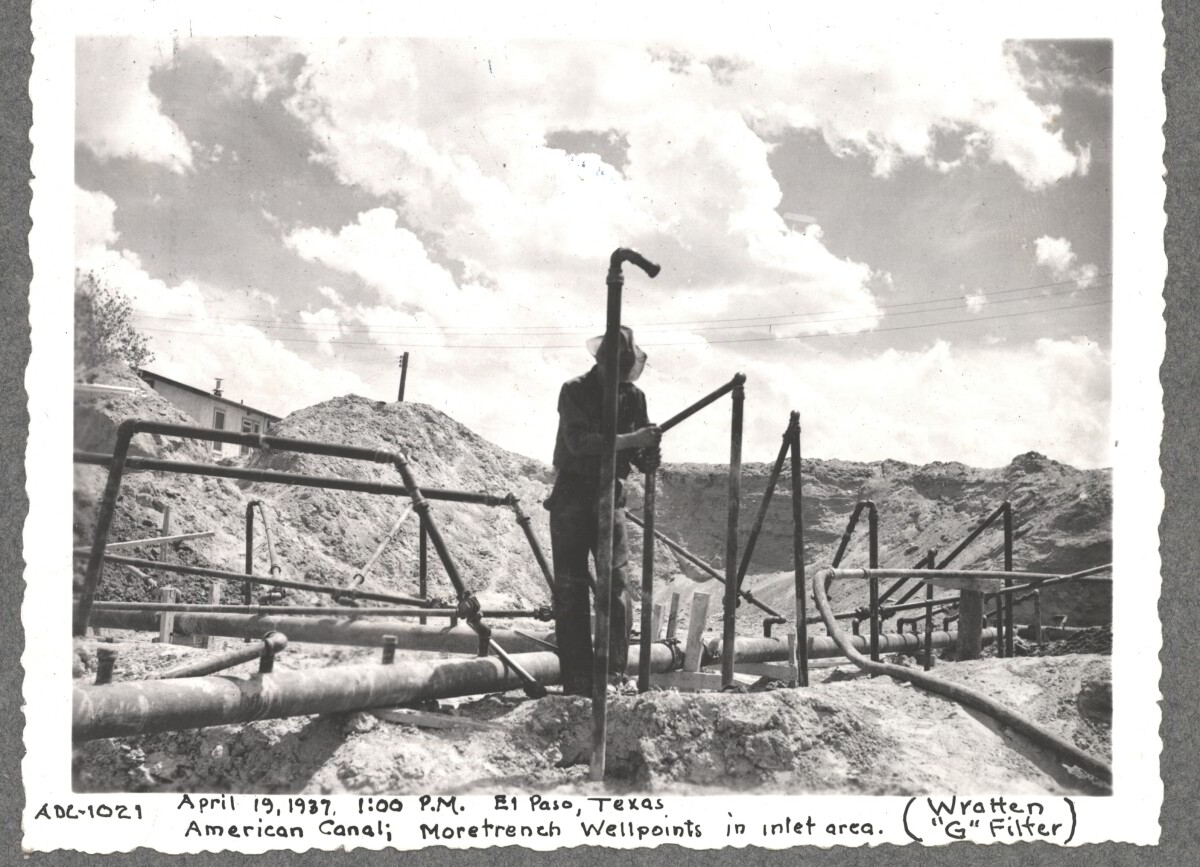
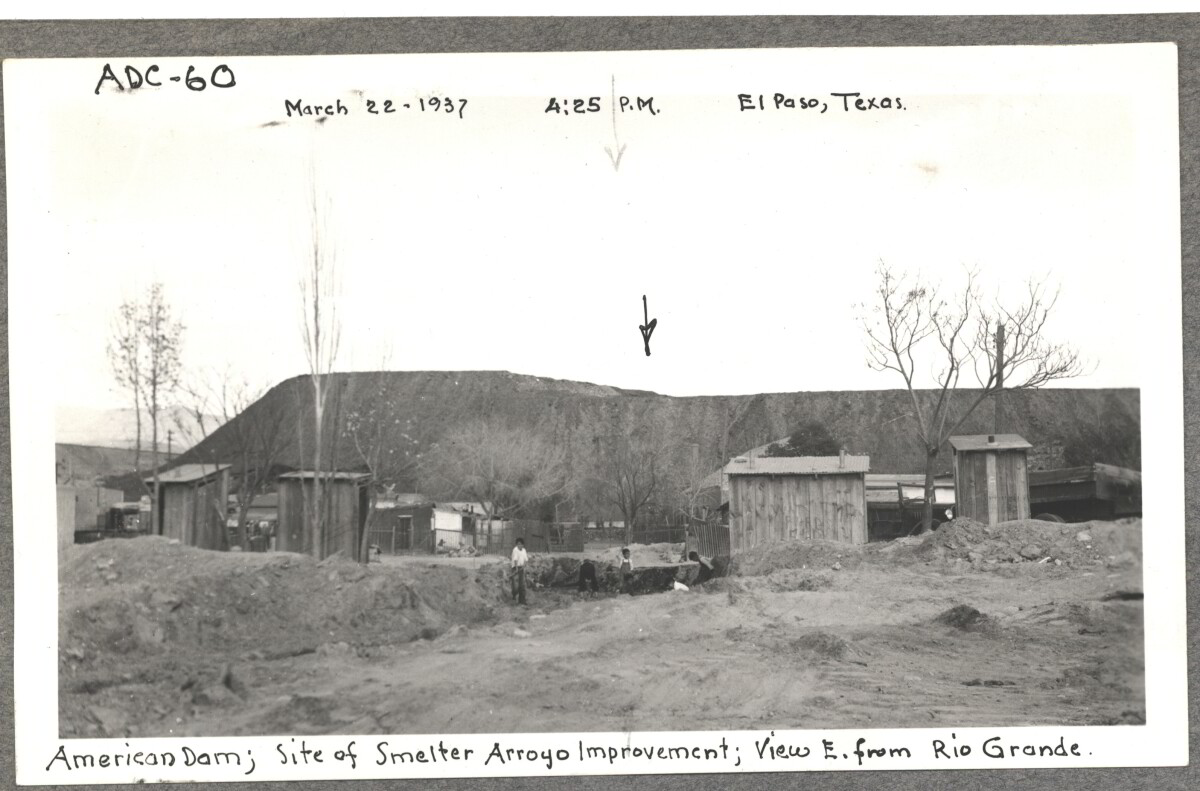
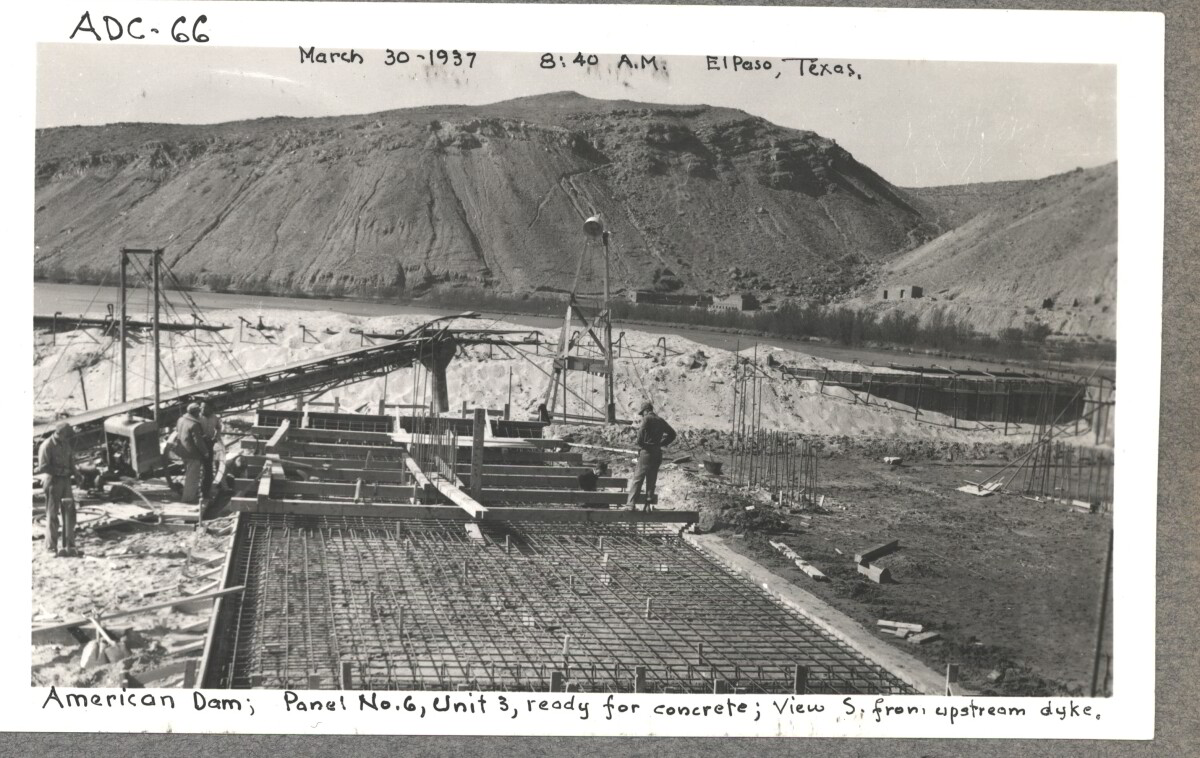
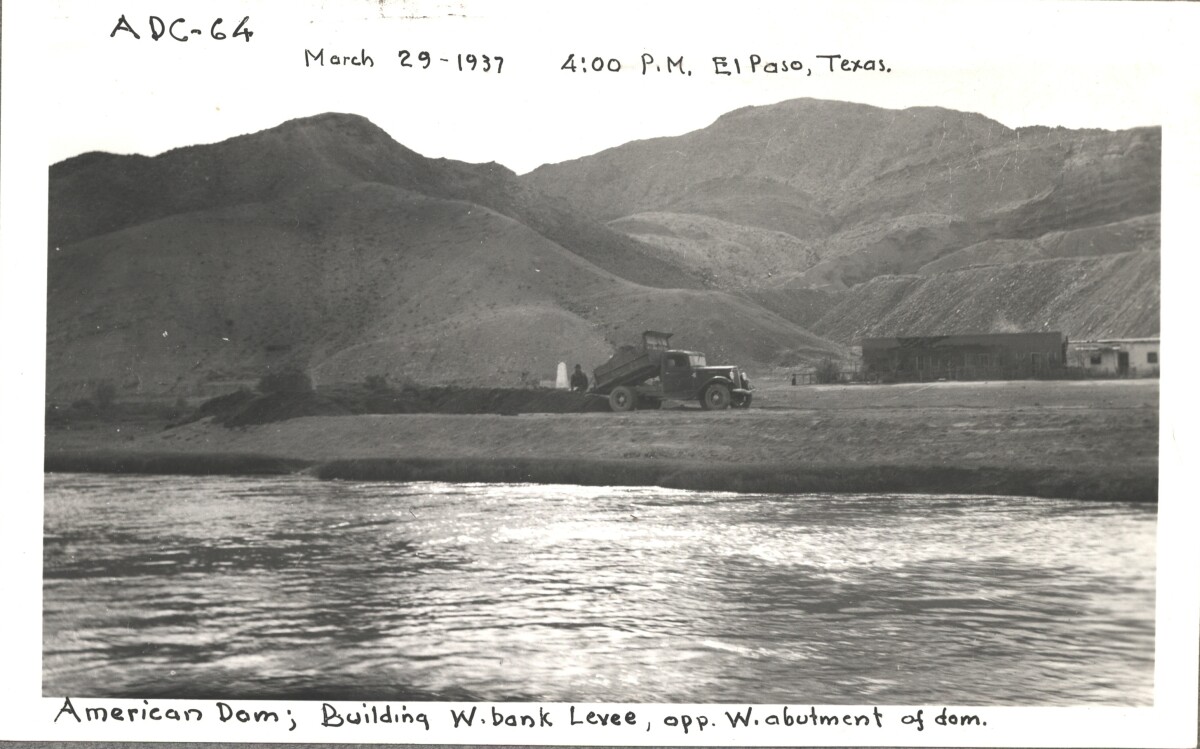
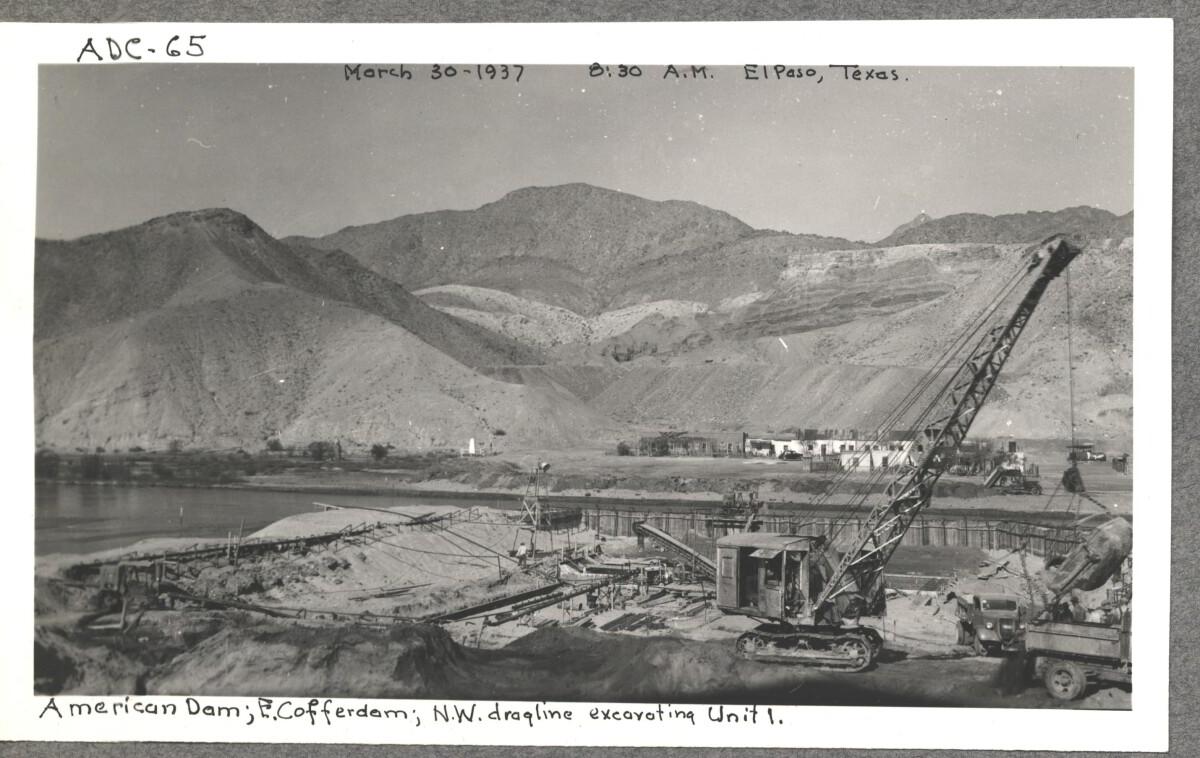
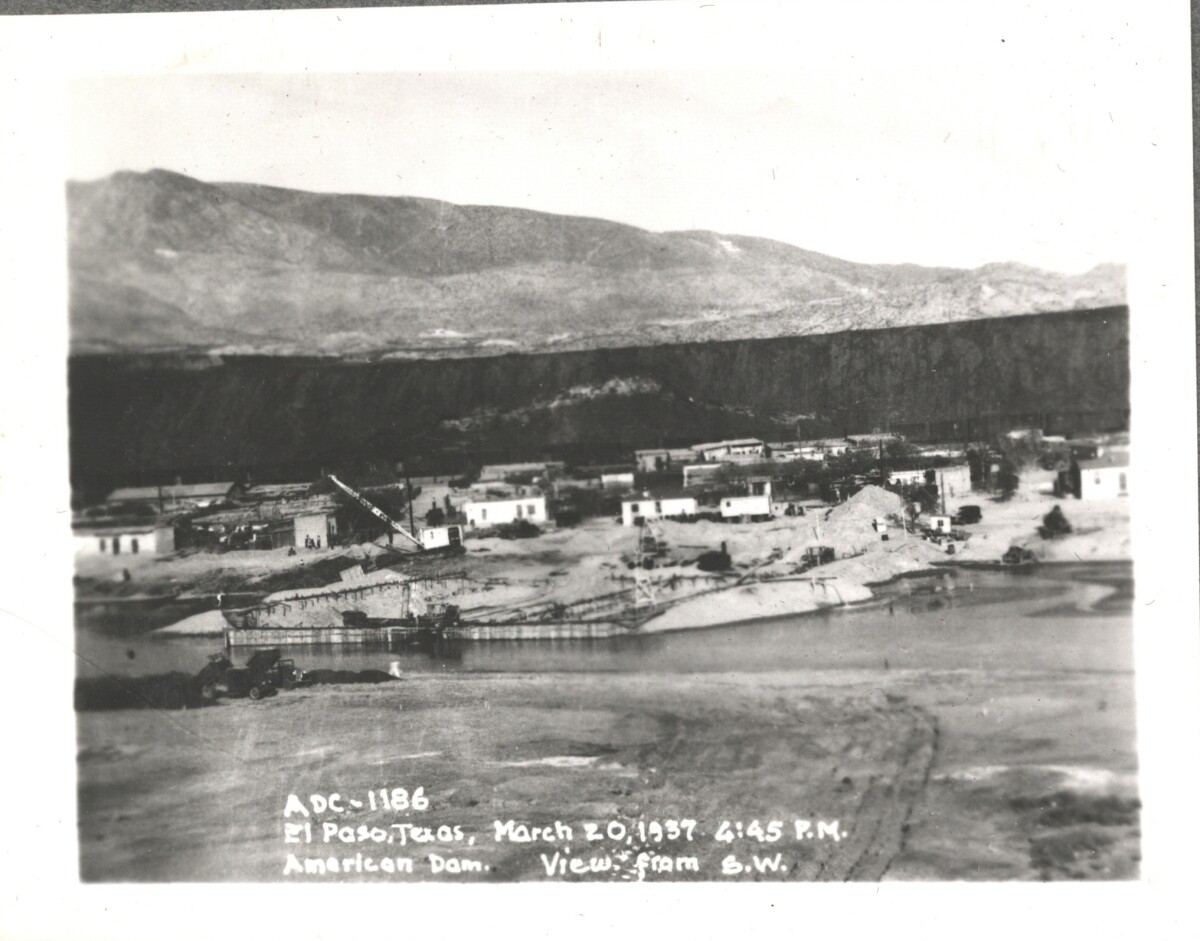
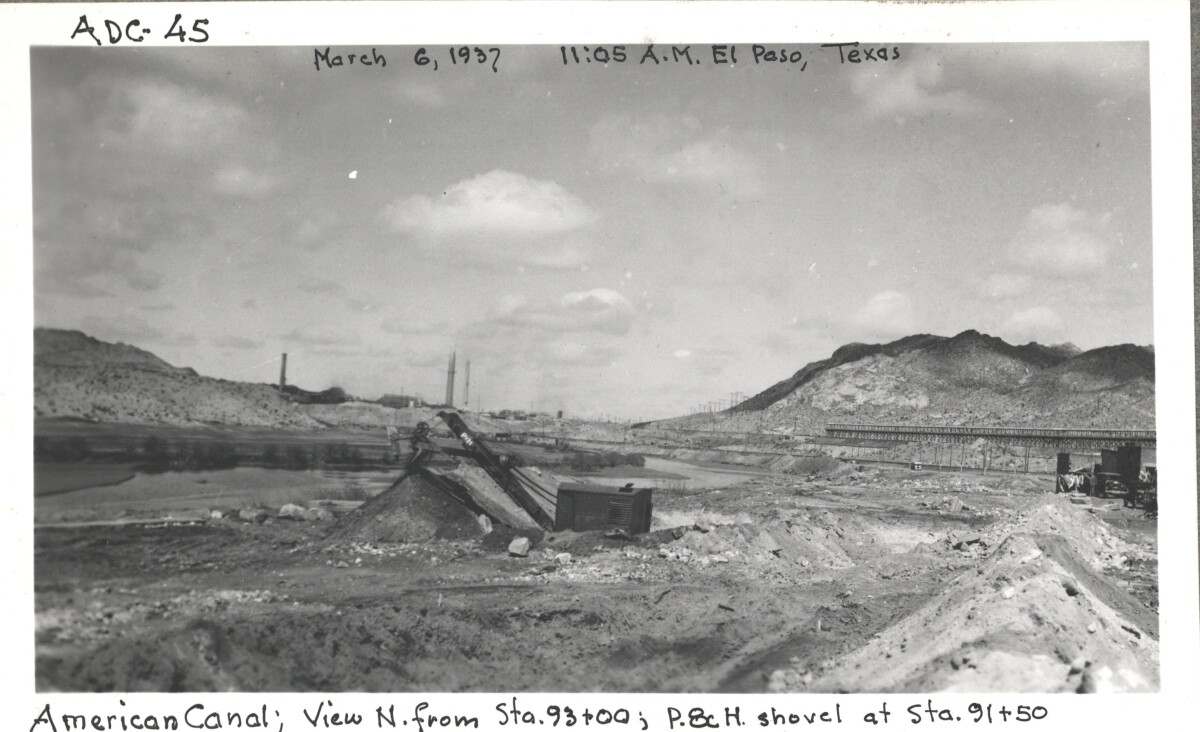
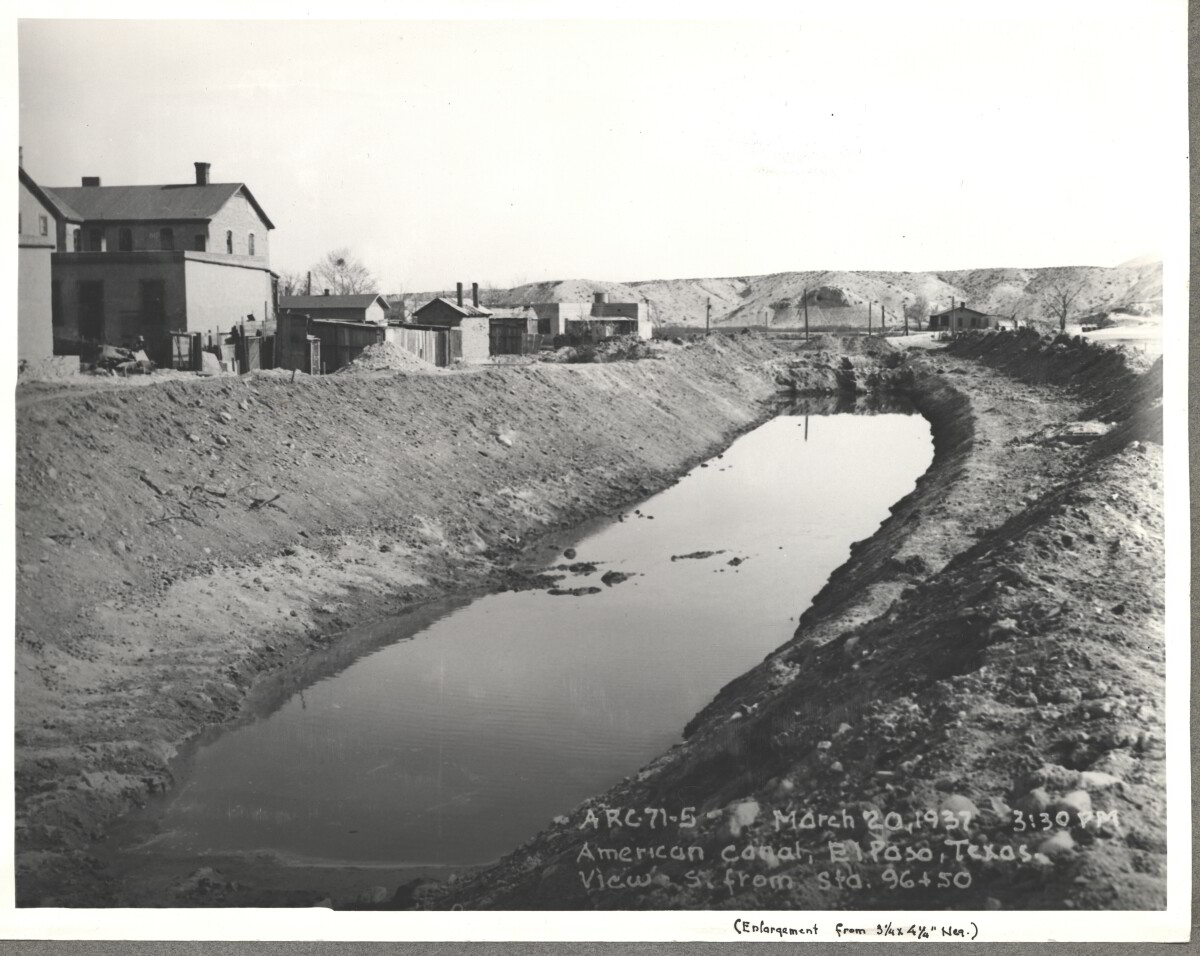
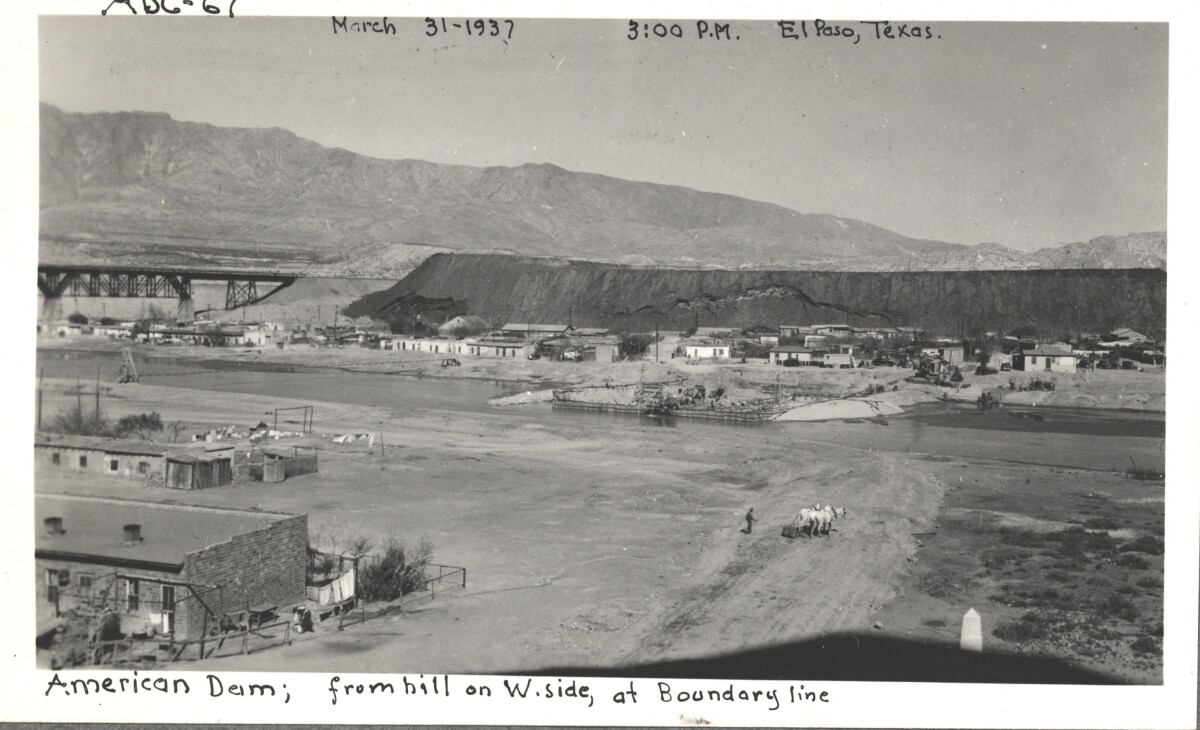
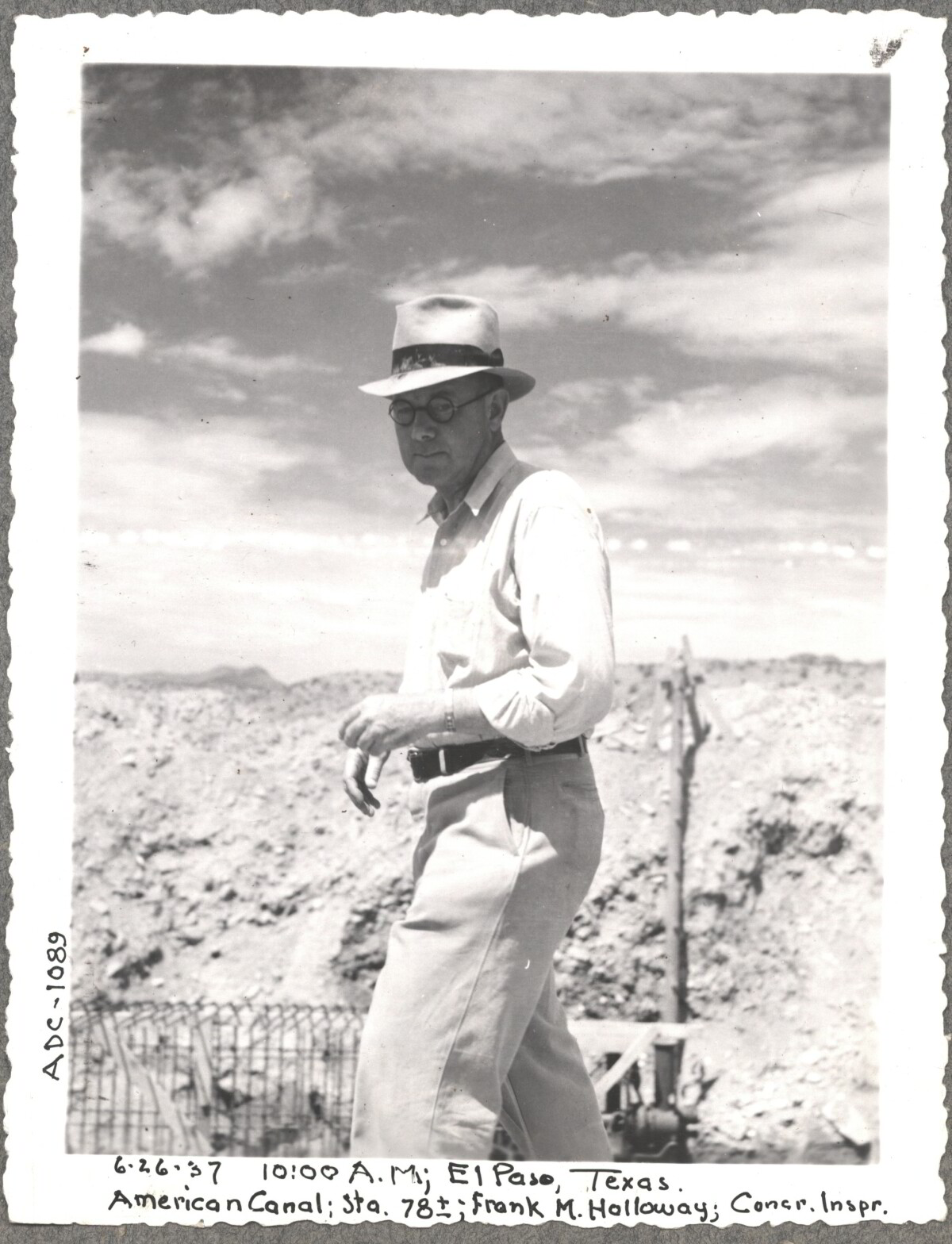
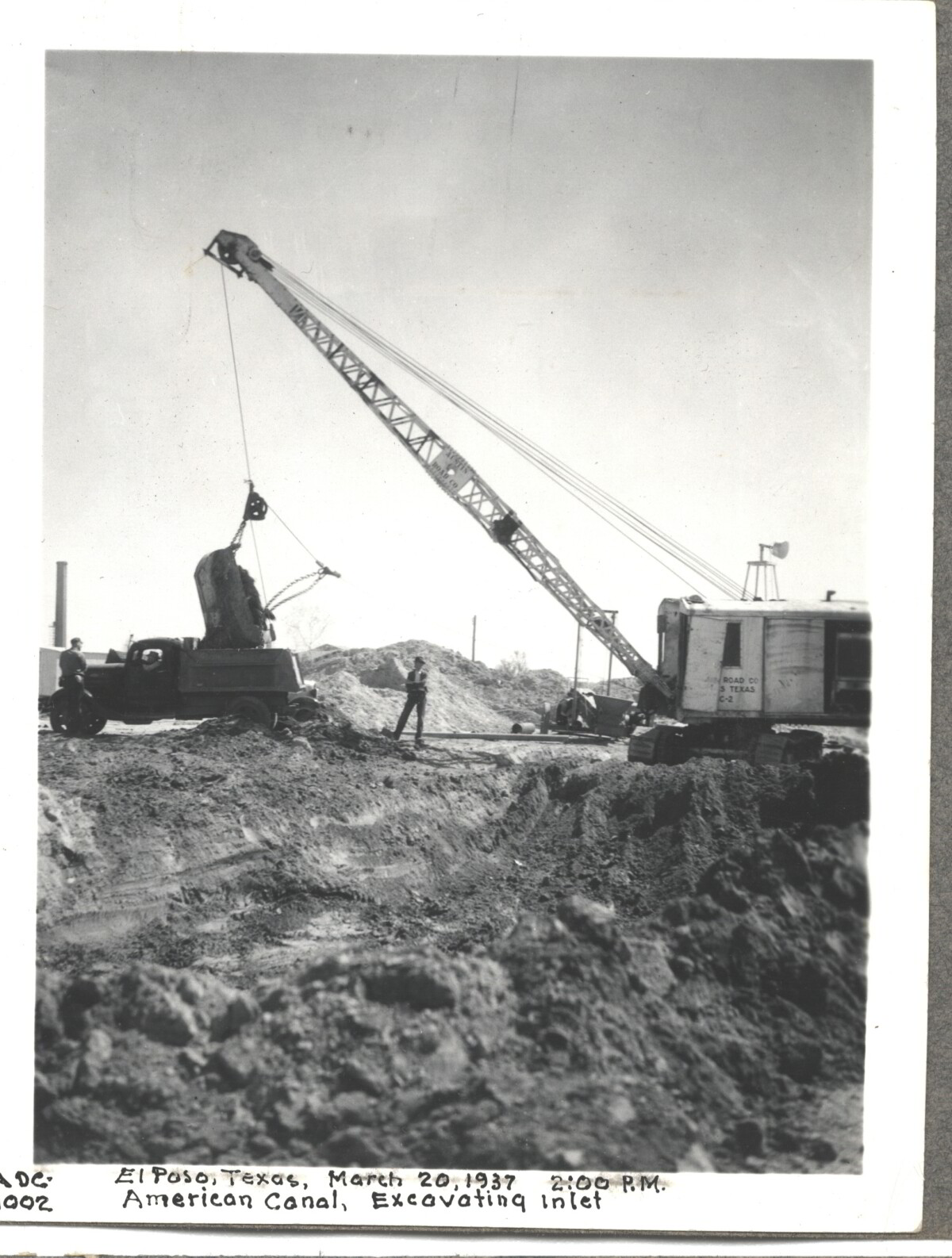
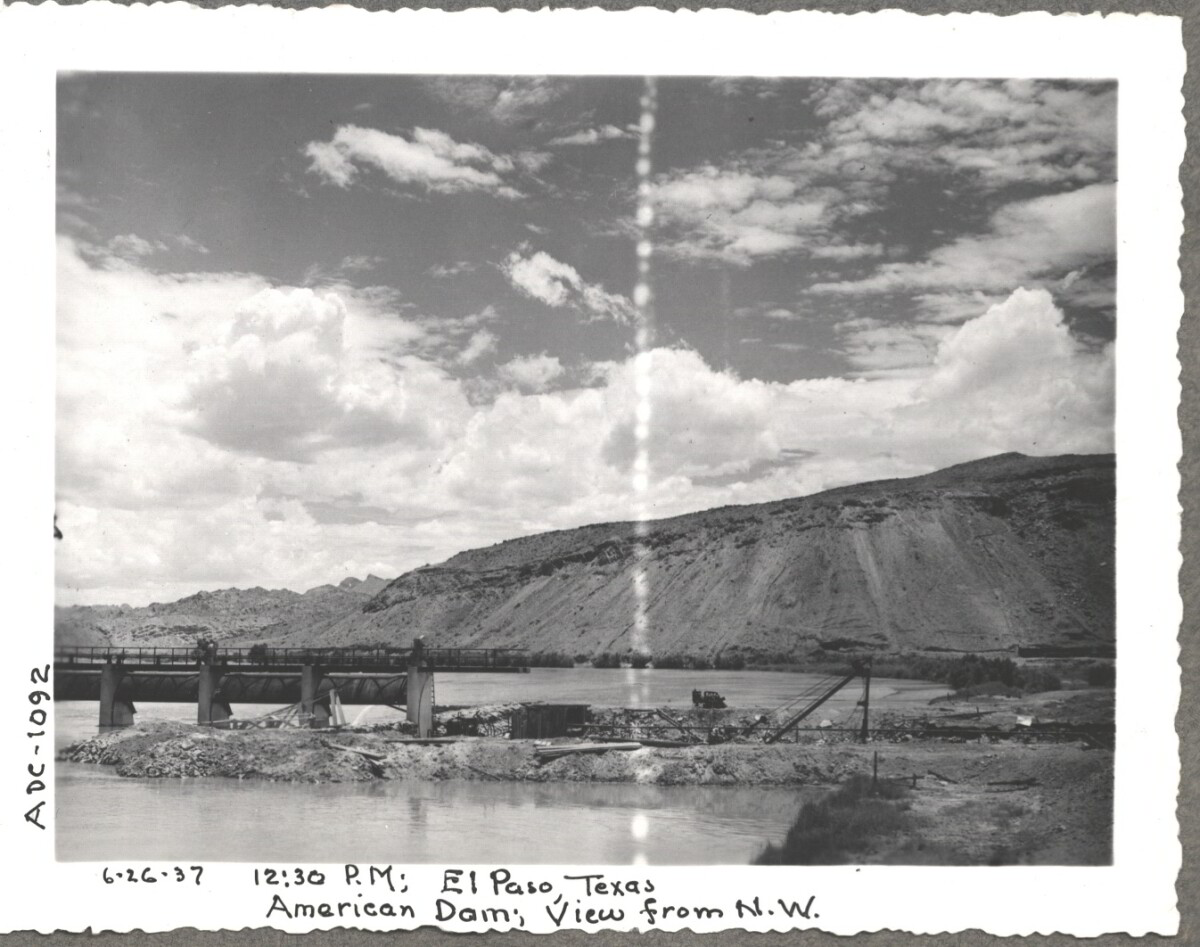
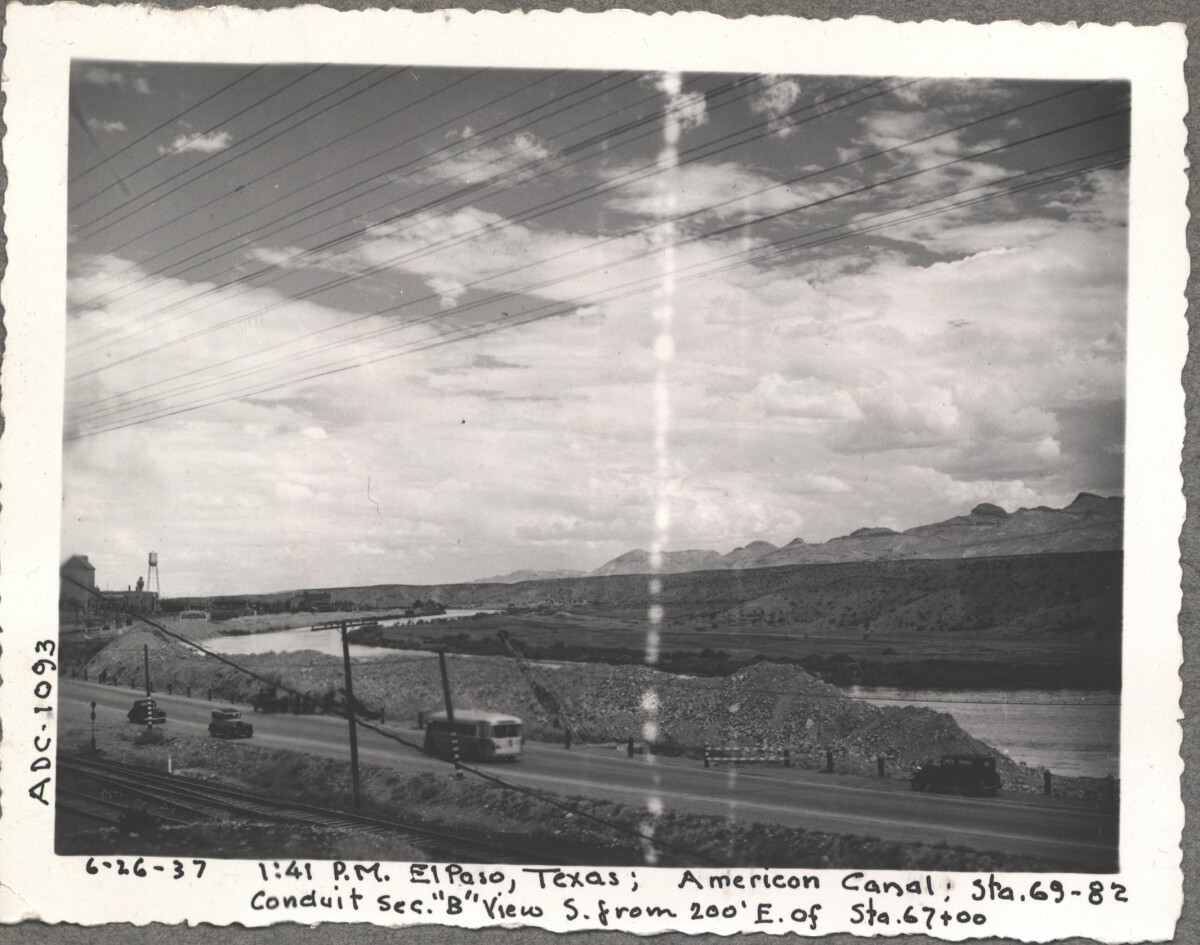
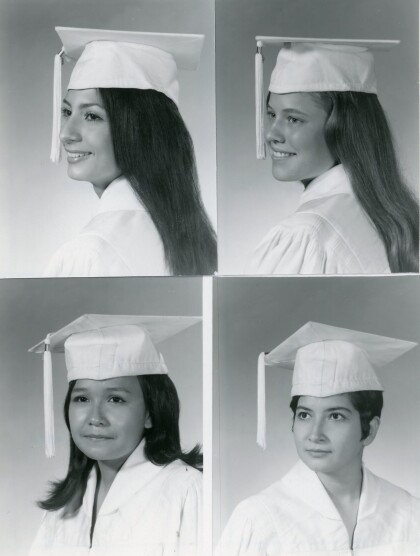

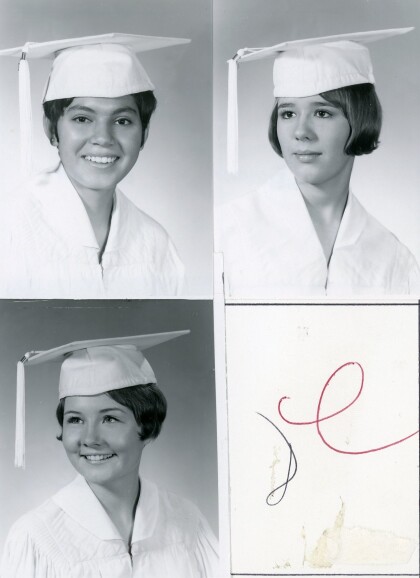

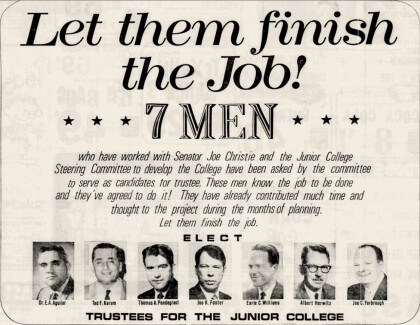
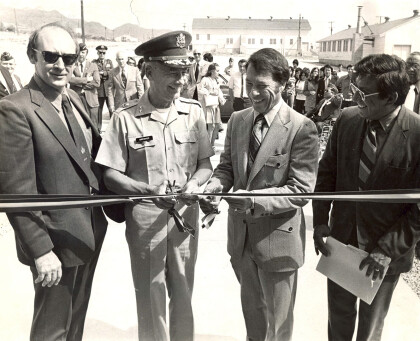
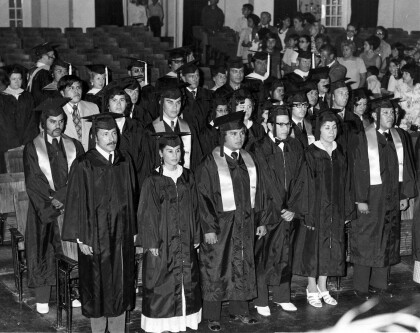
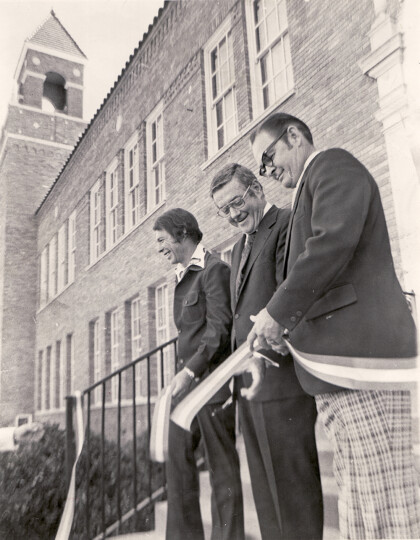
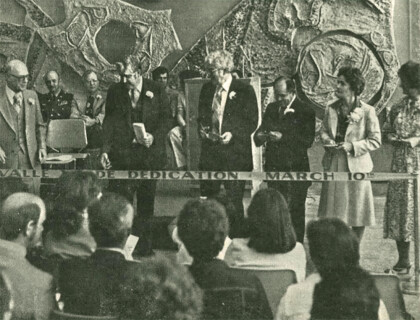
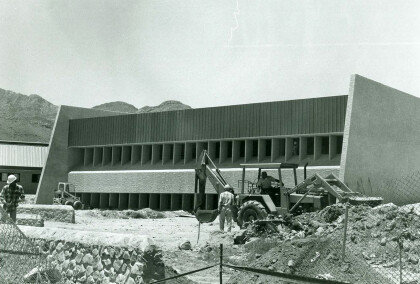
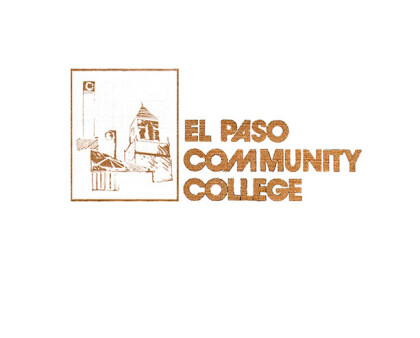
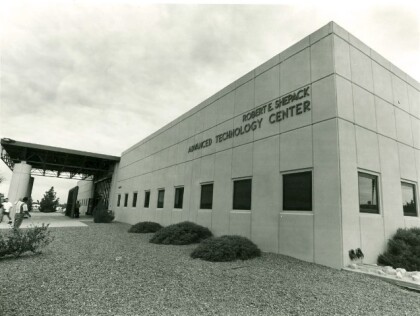
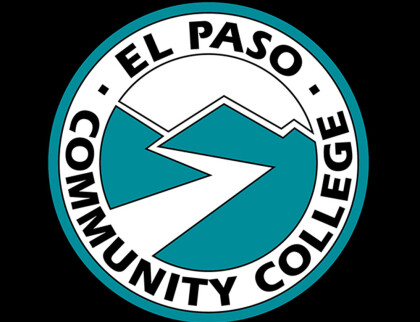

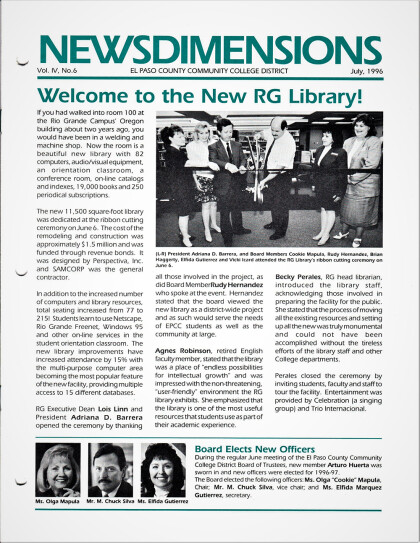
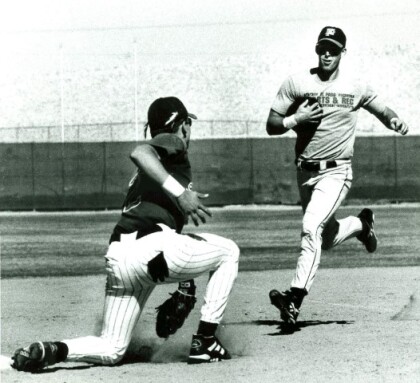
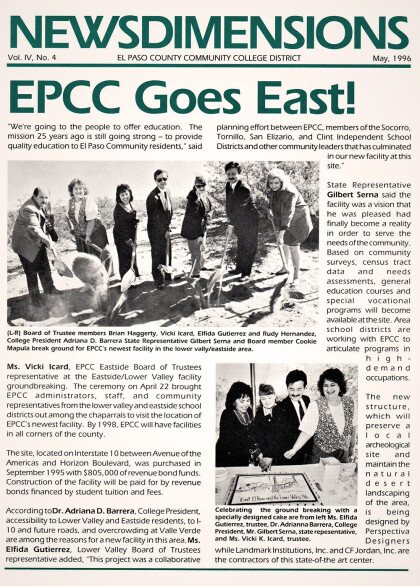

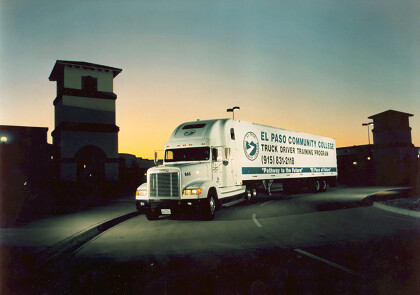
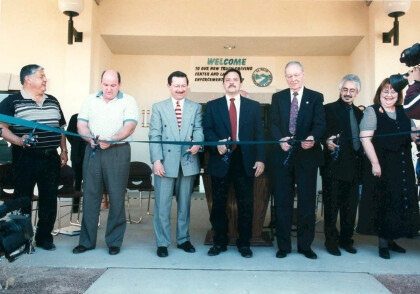
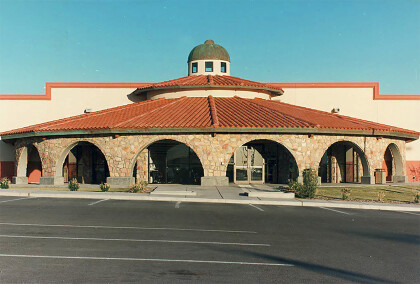
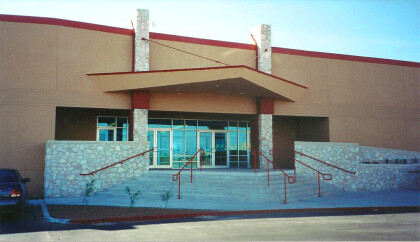
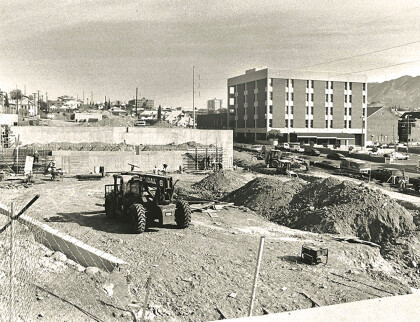
Comentarios
Hacer un comentario